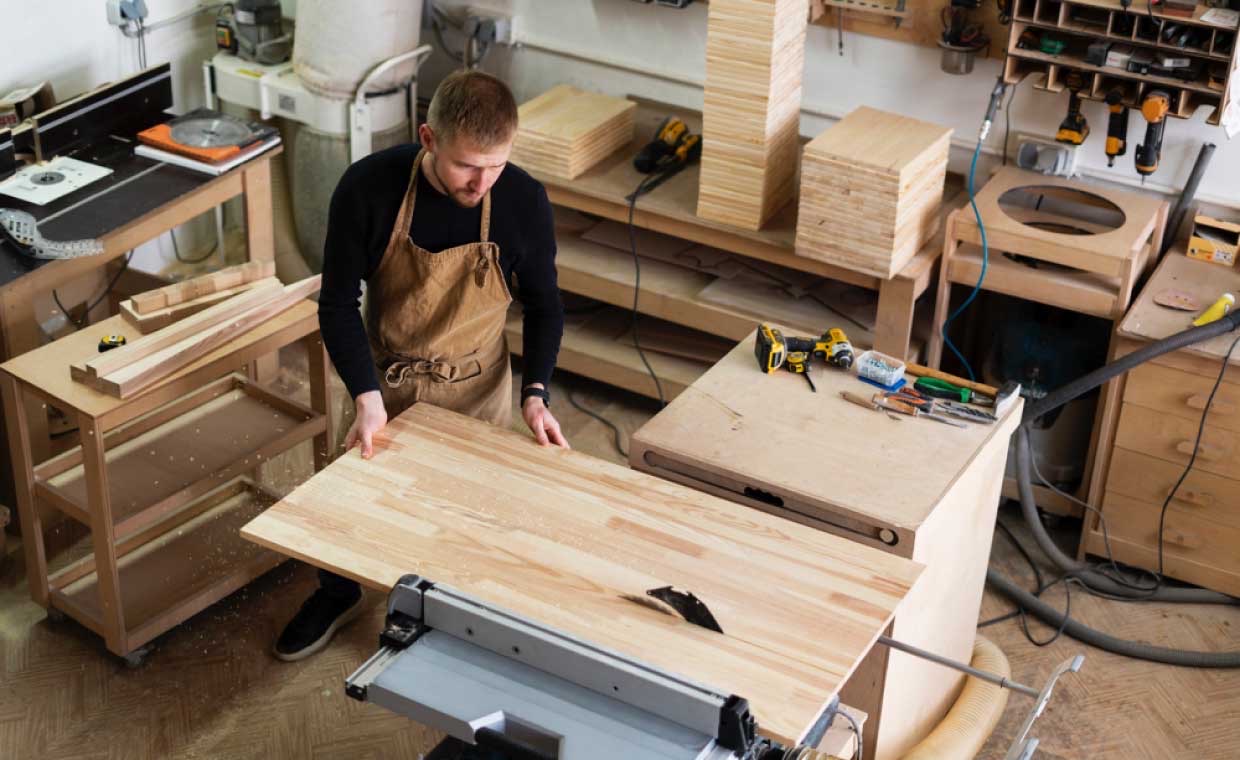Why Stairs?
Wherever and whenever we require access to the upper or lower floors of a building, we need some means of vertical transportation, upwards as well as downwards. Stairs are one of the most commonly used modes of vertical transportation constructed for accessing upper or lower floors in a building. Even we use various materials for construction of the stairs depending on the availability of materials, its functional requirement, and aesthetic appeal. Although wide varieties of materials are used nowadays for making staircases, wooden made stairs are still in demand as these woody stairs offer a classy appeal. Let us go through the most traditionally used stairs in the houses, i.e., Wooden Stairs.
Wooden stairs are the most traditionally used stairs for residences since years. Wooden stairs provide an extraordinary elegance and timeless beauty to your home’s appearance. They create a focal point to your house and eventually turn itself into a beautiful décor piece because wood can add a unique texture and warmth to its ambiance. We can construct wooden stairs in various shapes and styles by incorporating non-timber components, even in different types of spaces. Thus, it completely changes the look of the entire space and makes it looking beautiful, classy, smart, and elegant.
The mechanical strength of the material is one of the fundamental reasons behind its preference. However, besides general resilience, the type of wood and other non-timber materials used for the construction of the stairs also plays a vital role in determining the strength of the wooden stairs. So, let us first understand types of wood used for these woody stairs.
Types of Wood Used for Stairs
The type of wood should be selected depending on the availability of wooden species in your locality. The most commonly used wooden species for timber stair construction depends upon the factors like:
- Stability
- Finishing Quality
- Overall Aesthetic Value
Thus, keeping in mind the above-listed factors, different wood species used for timber stair construction and the components of wooden stairs are listed below:
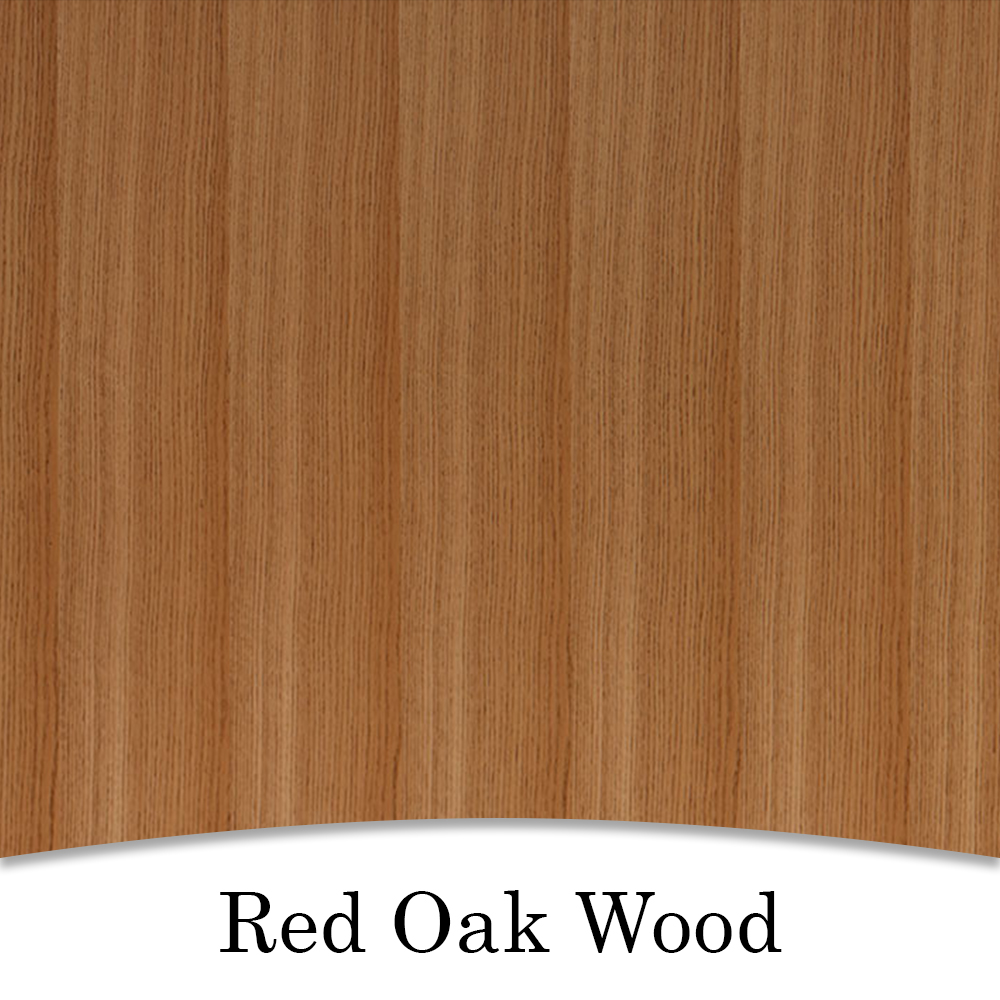

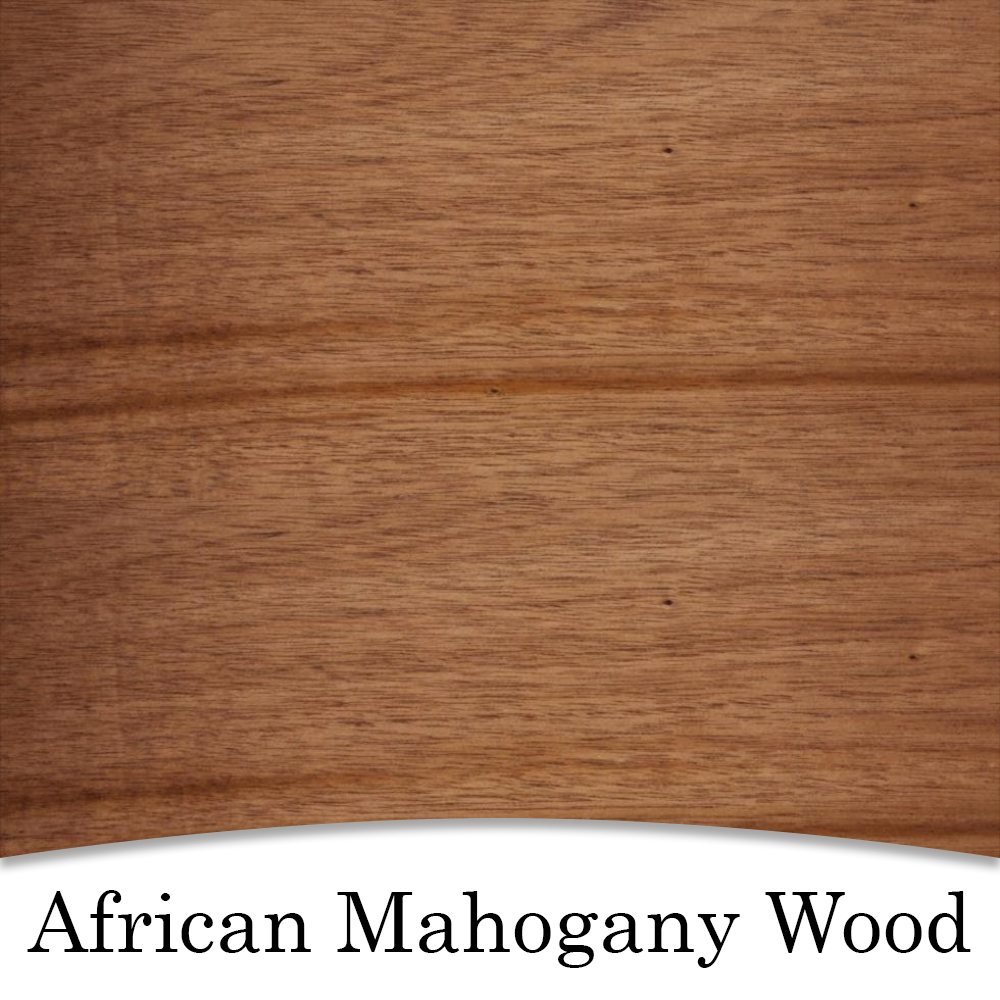


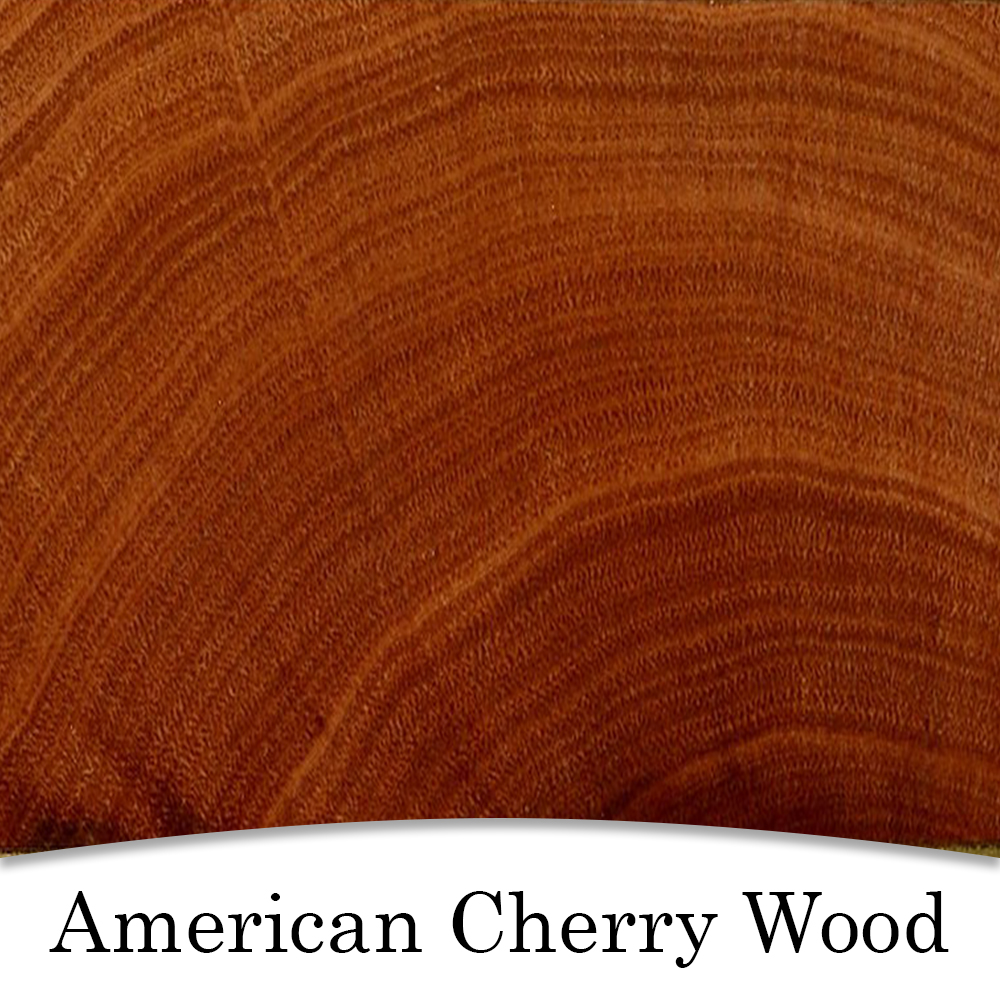

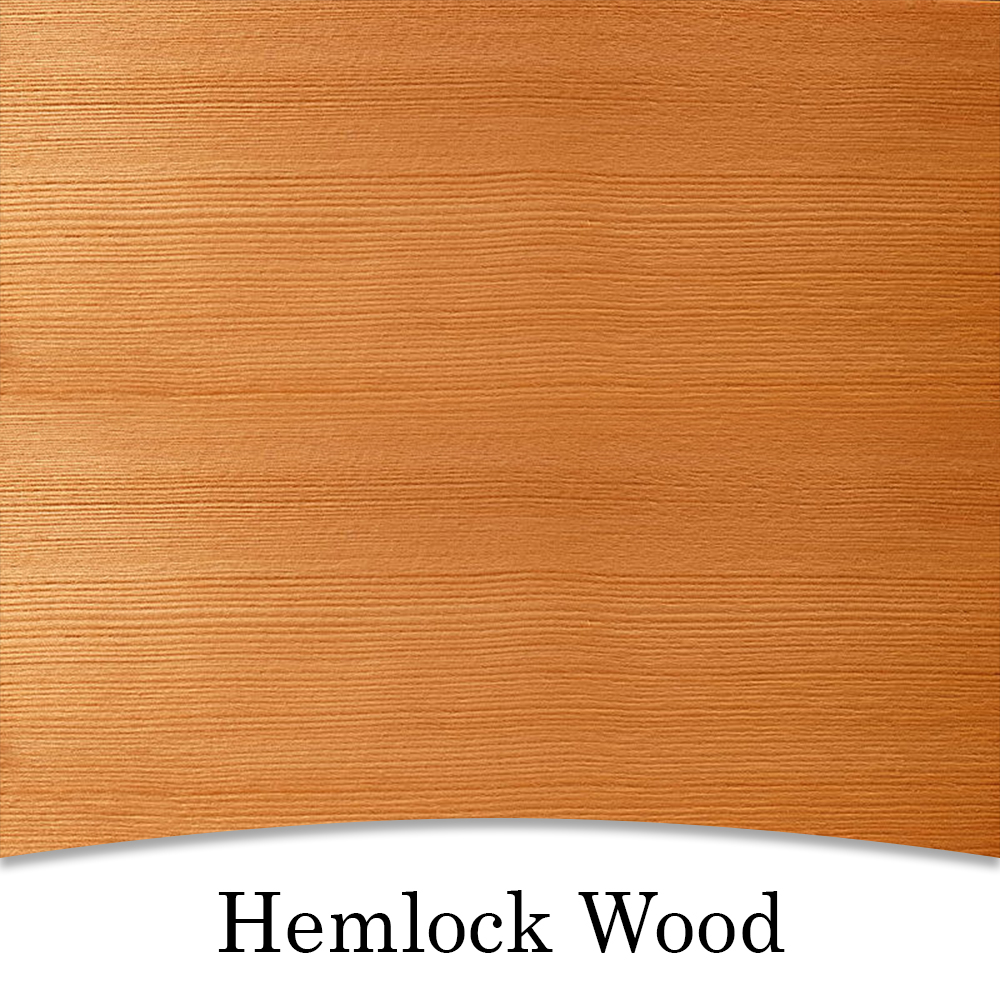
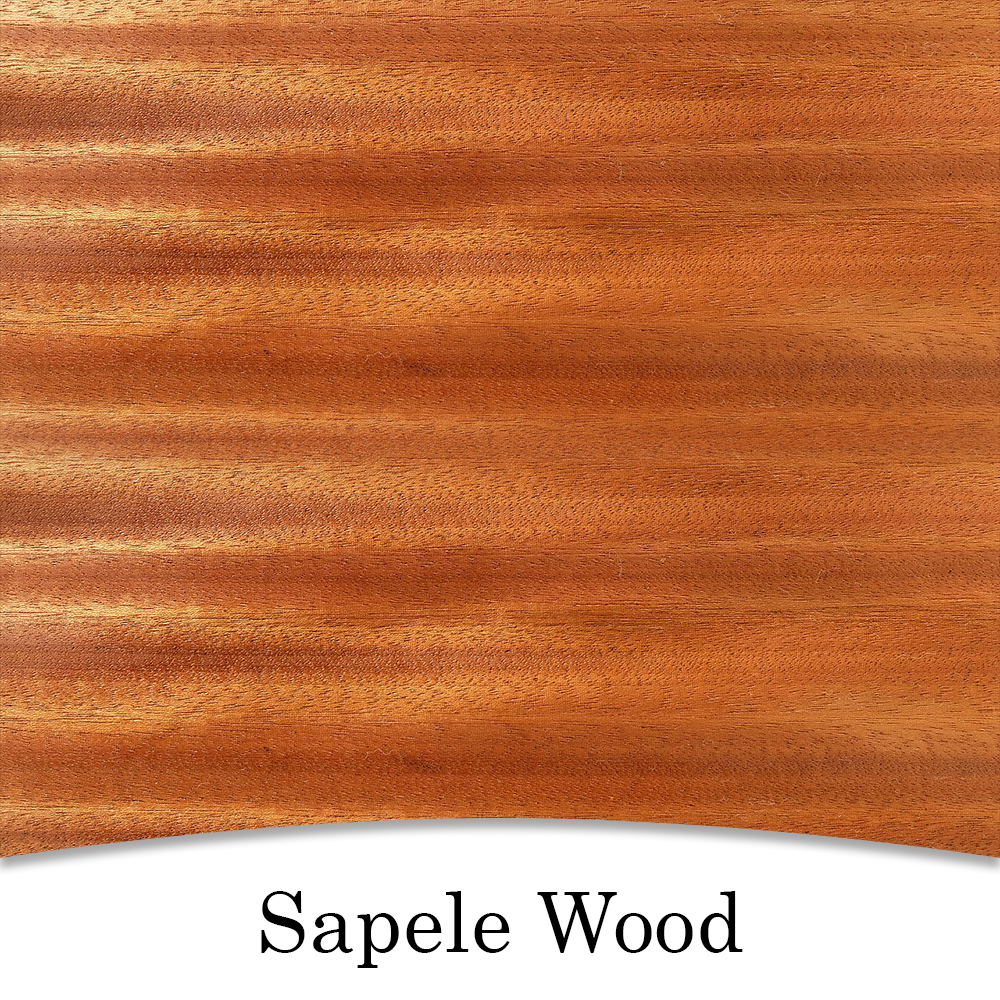
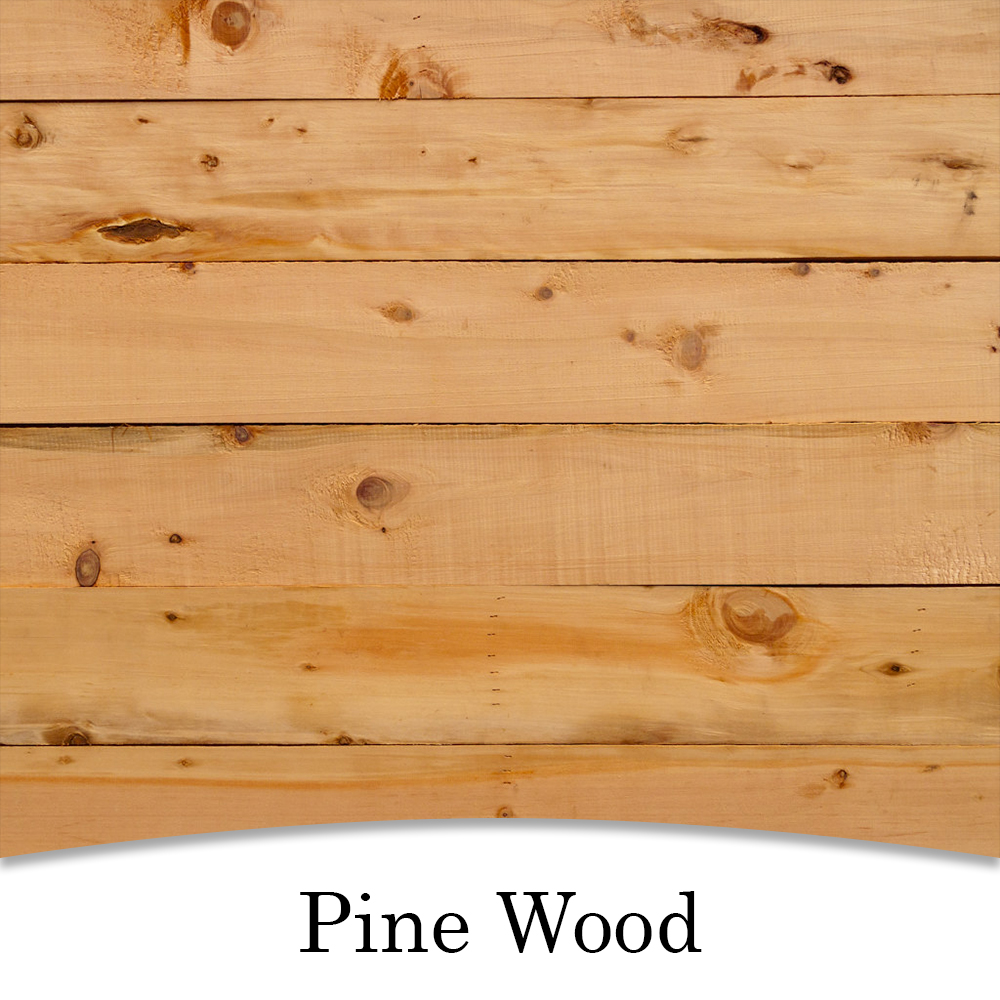
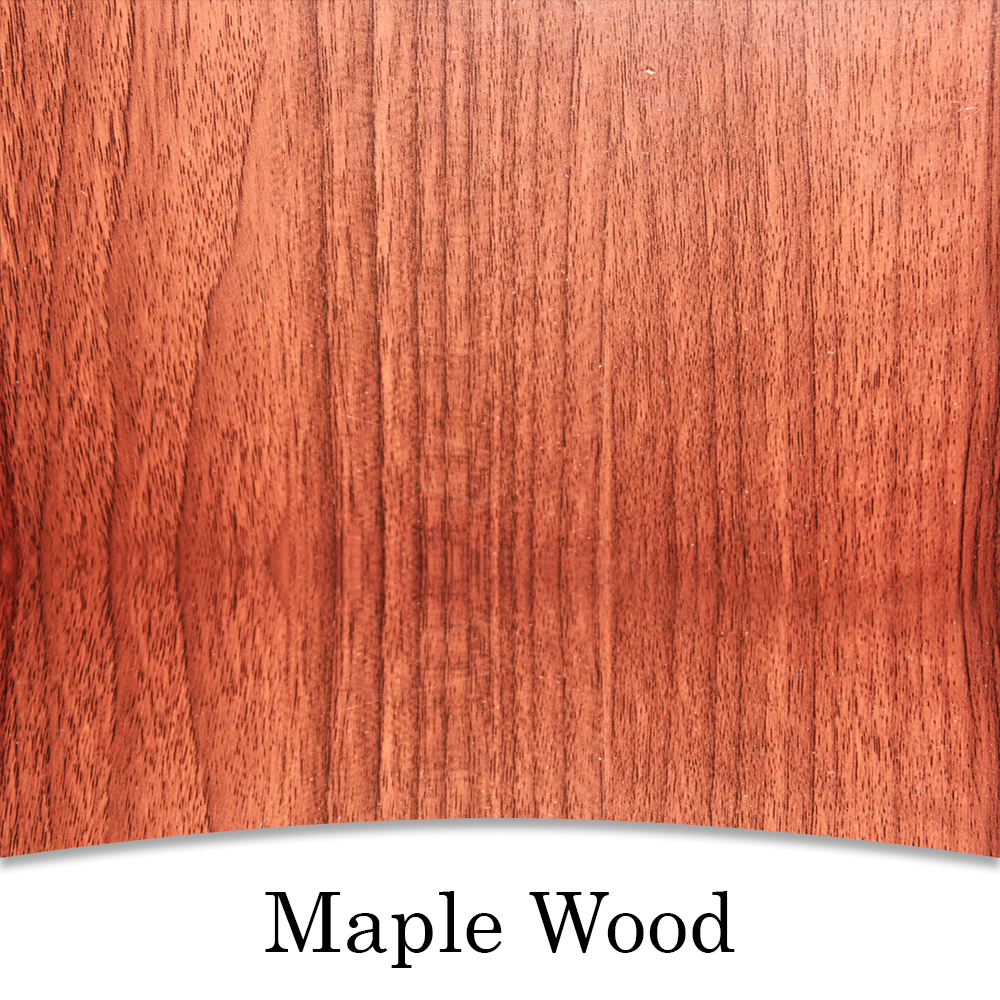


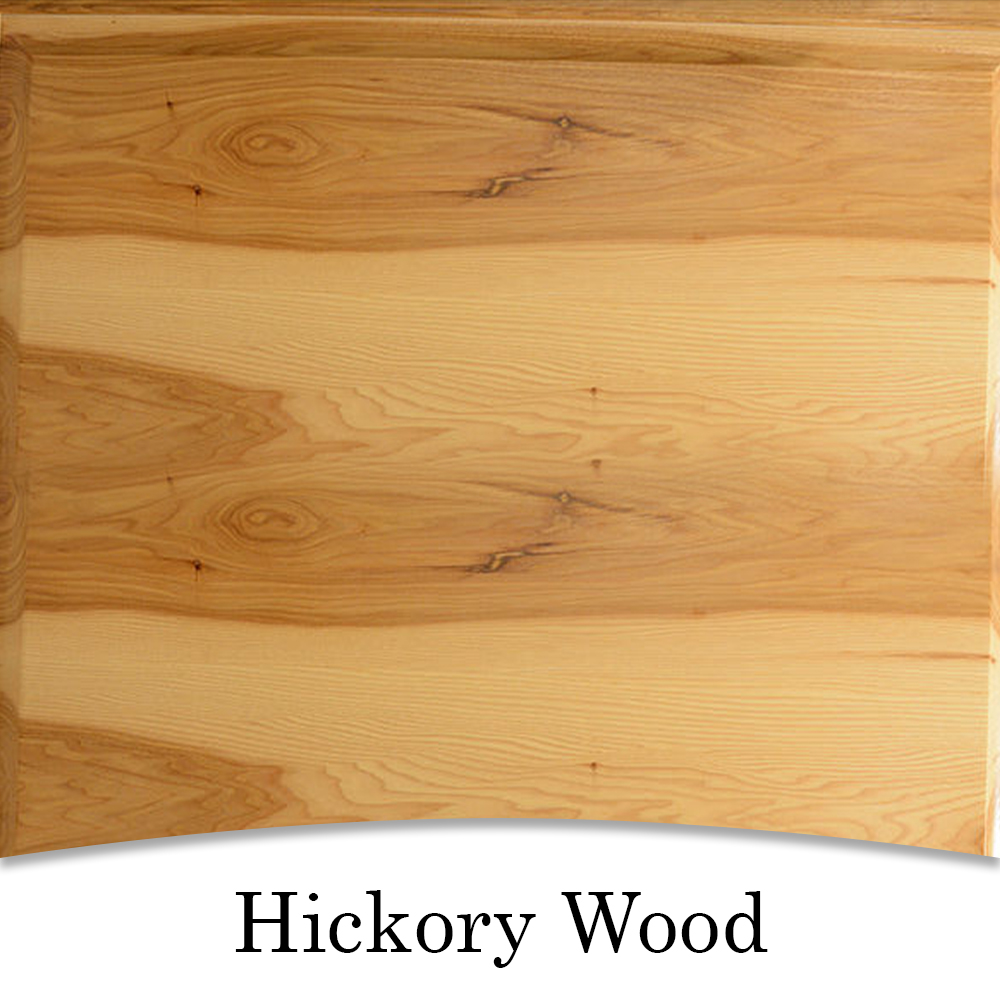
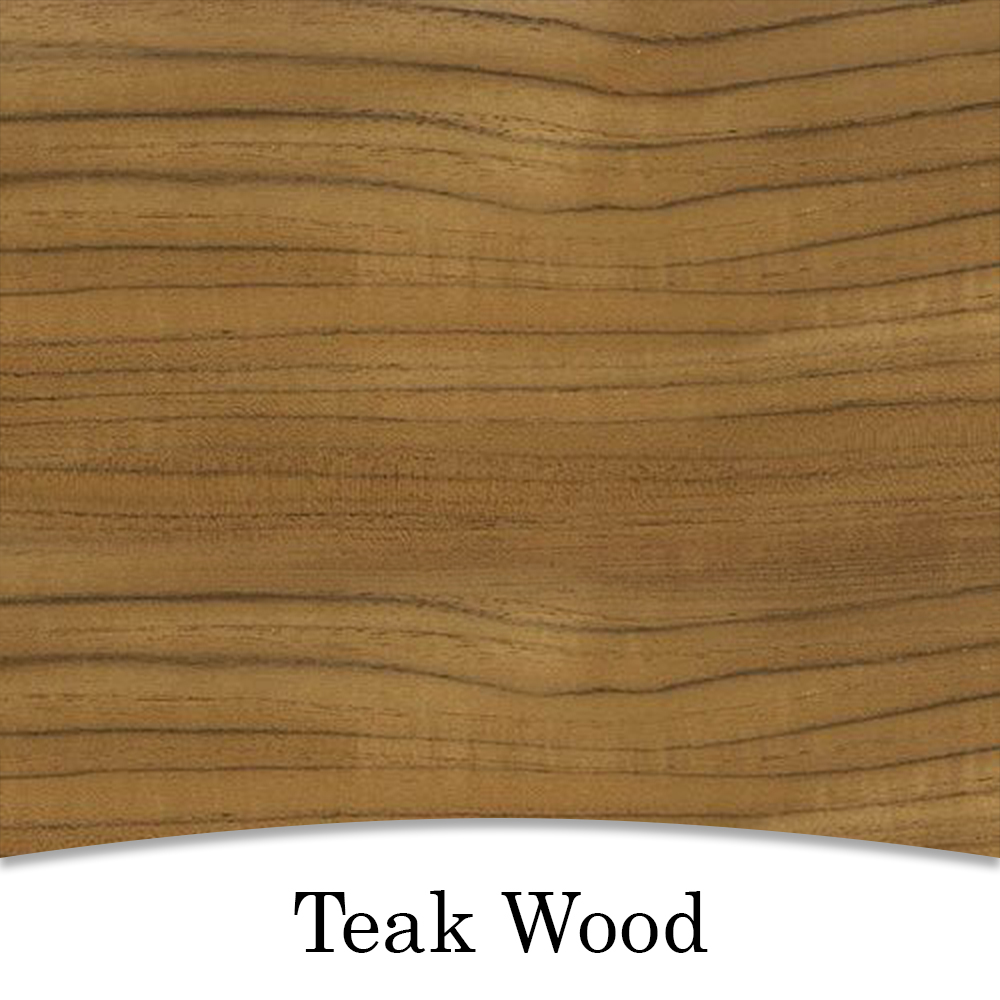
Let us have a brief information regarding these following wooden species.
01. Red Oak Wood Stairs:
Red Oak is considered as the most commonly used species for building wooden stair. Treads and handrails are the most popular components of stairs made from this wood. Red Oak is easy to stain, sand, and finish. Red Oak trees are mostly found in different parts of America, Asia, Europe, and North Africa.
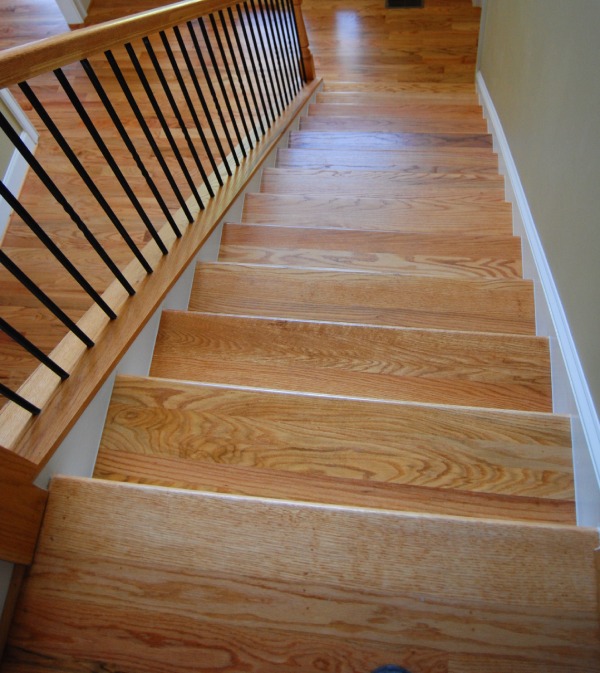
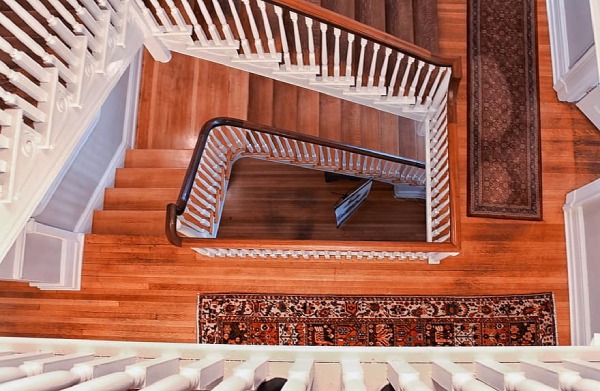
02. White Oak Wood Stairs:
White Oak is harder, and more water-resistant in comparison to Red Oak. It is greyer in the shade with a slight green tint and has a swirling pattern to the grain. White Oak stair treads are one of the frequently used components in wooden stairs. White Oak trees are mostly found in different parts of America, Asia, Europe, and North Africa.
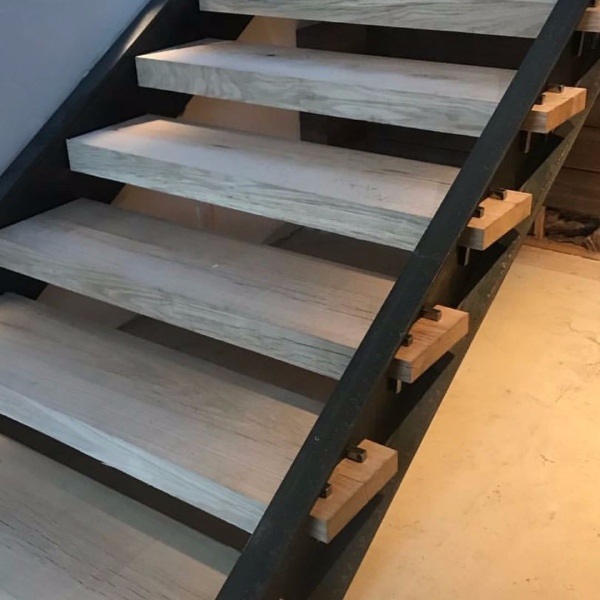

For more information on Oakwood, you can refer
03. African Mahogany Wood Stairs:
African mahogany is one of the most premium wooden species used for making components of stairs. African mahogany being light in weight, is easy to turn and give shapes to the wood. African Mahogany trees are mostly found in West tropical Africa, and now, it is also found all over India, particularly in Corbett National Park, Thattekkad Wildlife Sanctuary, and Kaziranga National Park.


04. Ash Wood Stairs:
Ash is quite similar to Oak, but it has a closed grain pattern. If we use ash for making various ash stair parts compared to Oak, we can save a big chunk of money. But the making of ash stair parts is quite challenging. Ash trees are mostly found in Northeastern United States and Eastern Canada.
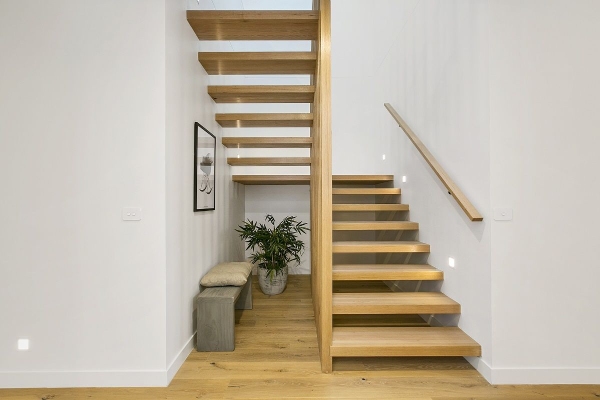
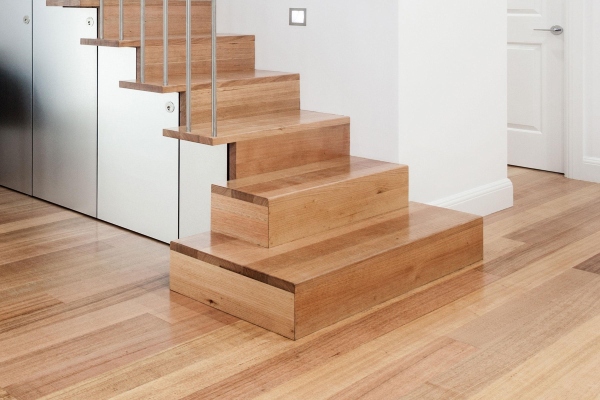
05. Cypress Wood Stairs:
Cypress is one of the types of softwood and is stronger than many softwoods. Cypress is fine-grained; light in weight and it can hold paint for the longer time and can be finished nicely. Cypress trees are mostly found in Southeastern United States.
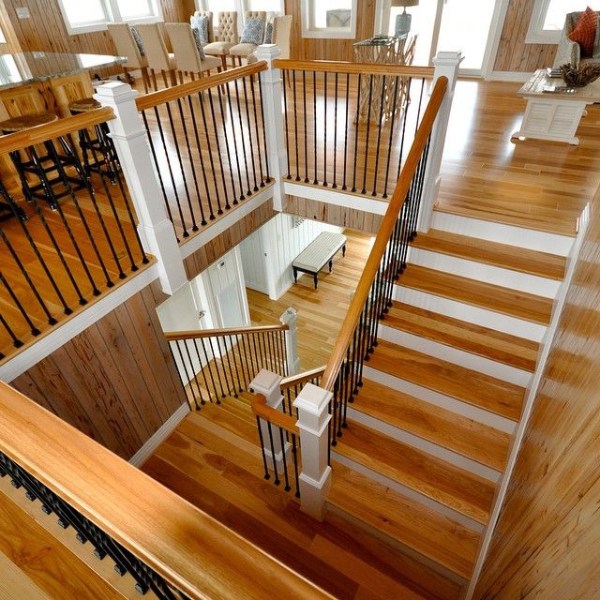
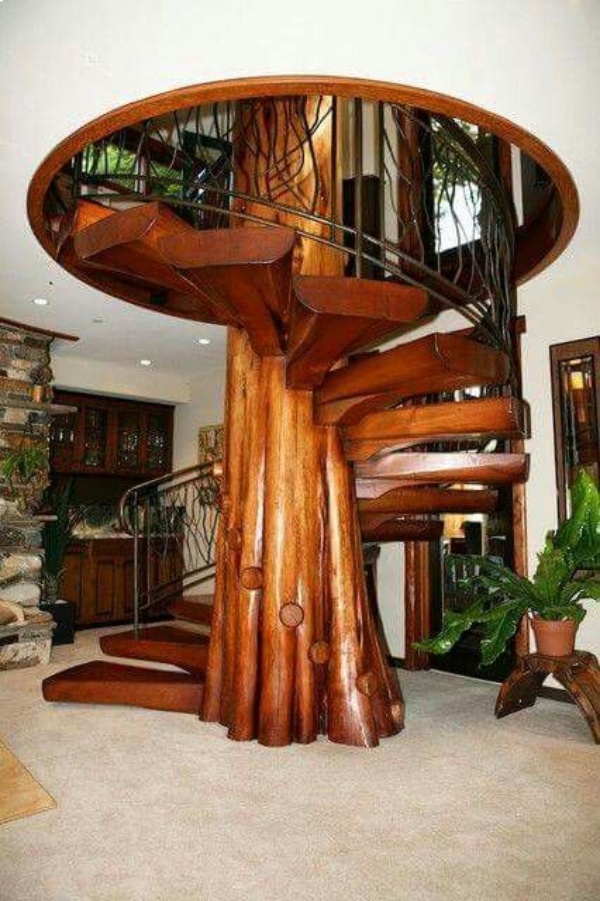
06. American Cherry Wood Stairs:
American Cherry is a softer wood but is sturdy enough for making long-lasting components for stairs. The tone of American Cherry glows with warmth from auburn to strawberry blond color. Trees of American Cherry are mostly found in Europe, Eastern North America, and Asia. In India, these trees are found in the hilly regions of Uttar Pradesh, Himachal Pradesh, and Kashmir.


07. Brazilian Cherry Wood Stairs:
The quality of Brazilian Cherry wood is somewhat similar to American Cherry wood. It has a beautiful reddish-brown tone, which increases the elegance. Brazilian Cherry stair treads are famous. Trees of Brazilian Cherry are mostly found in Europe, Eastern North America, and Asia. In India, these trees are found in the hilly regions of Uttar Pradesh, Himachal Pradesh, and Kashmir.
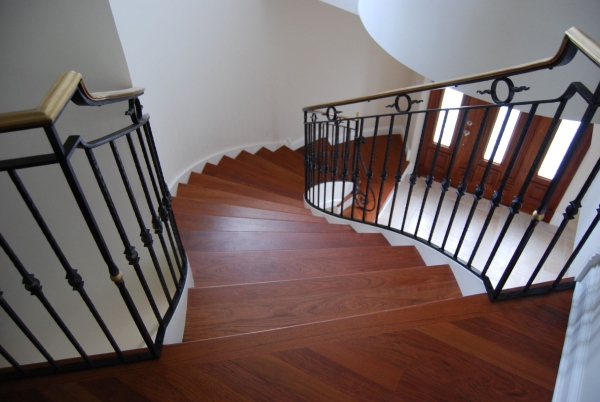
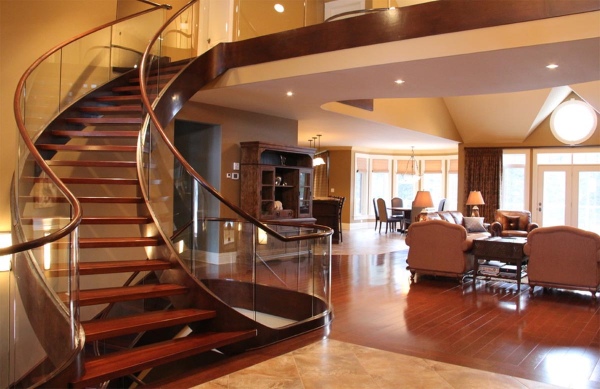
08. Hemlock Wood Stairs:
Hemlock is a type of softwood. It usually comes in a tone of lovely, warm pink color. The grains of hemlock are typically straight with occasional interlocking or spiral grains. It glues, stains, varnishes, and finishes easily. The trees of Hemlock are found in Canada, Alaska, United States, Eastern Asia, and England.
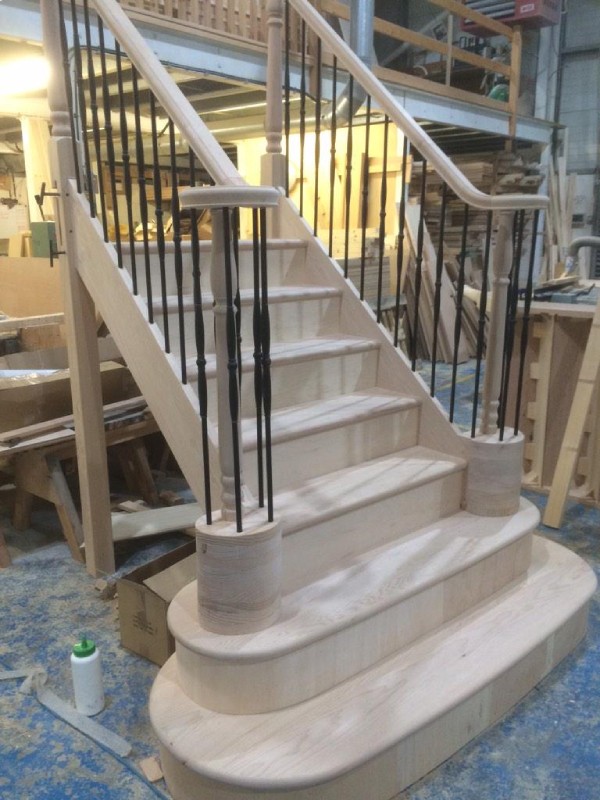
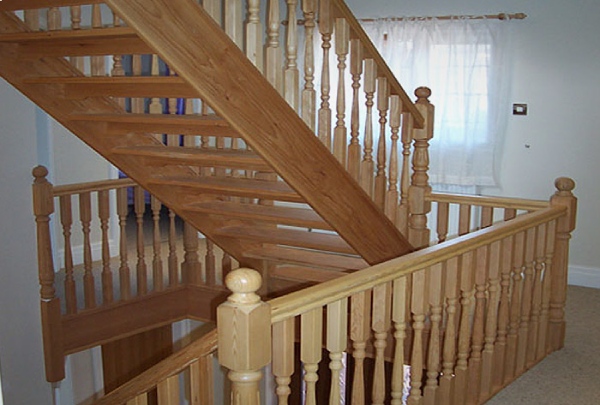
09. Sapele Wood Stairs:
Sapele is one of the types of hardwood used for making components of stairs. It usually comes in beautiful golden to dark red-brown tone. It has a straight, uniform ribboned grain. Sapele is a durable wood, and it turns, glues, and finishes smoothly. Sapele handrail is one of the most-used components of a wooden stair. Sapele tree is easily found in West African forest, Nigeria, Ghana, and Tanzania.

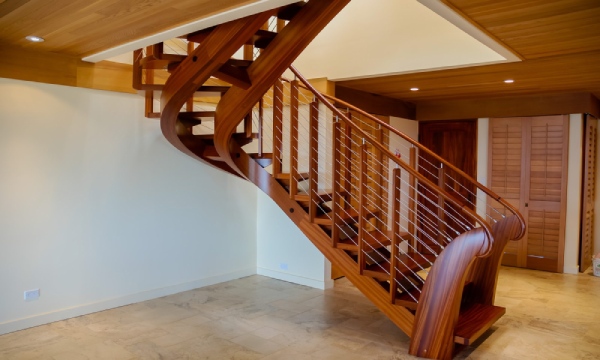
10. Pine Wood Stairs:
Pine is one of the common types of softwood used for making components of stairs. It comes in golden yellow color or in whitish tinge adorned with brown knots. As this wood can be worked and finished very fast, it is exceptionally popular for making wooden stairs. It is light in weight and an inexpensive wood type. Pine stair treads are a frequently used component of the wooden stairs. Pine grows in most parts of Northern Hemisphere. In India, Pine is also found in Assam, Nagpur, and in Western Himalayas.
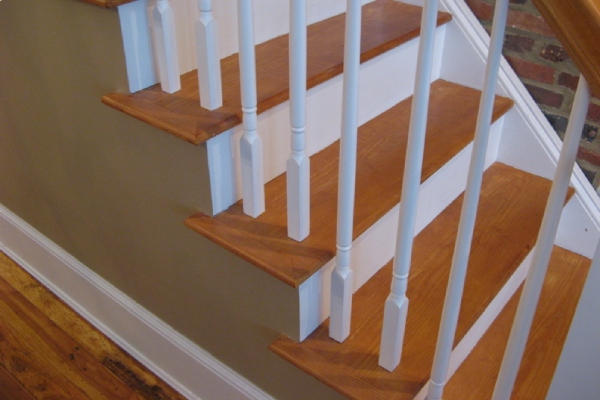
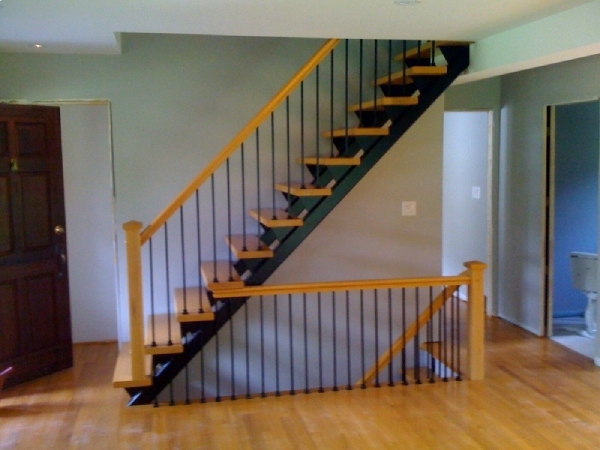
For more information regarding Pinewood, you can refer
11. Maple Wood Stairs:
Maple is a durable wood, which comes in a natural light color. It has a consistent limited grain pattern. It can stain any color virtually. Maple tree is found in Asia, Europe, Northern Africa, Northern America, and Canada.
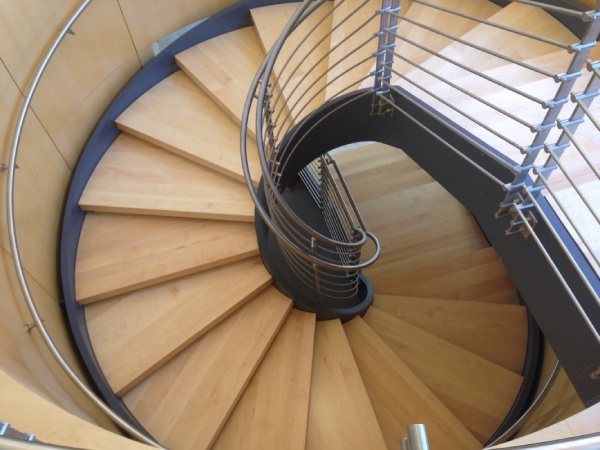

12. Walnut Wood Stairs:
Walnut is a beautiful, hard, strong wood with a clear finish. It has a diverse grain pattern. It is easy to maintain and polish. Walnut is mostly found in Eastern United States, Asia, and Europe. In India, walnut is found in Himachal Pradesh, Uttar Pradesh, and Kashmir.
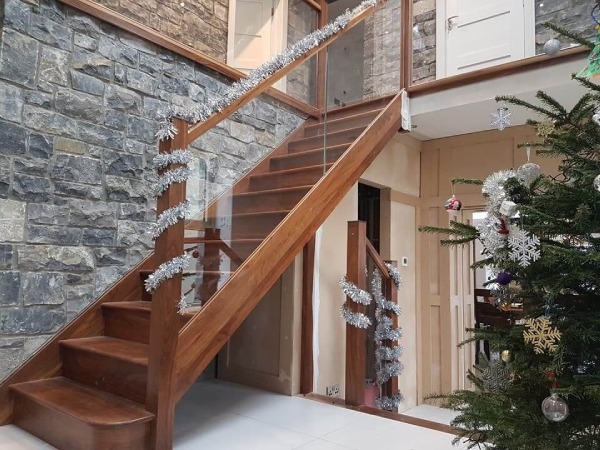
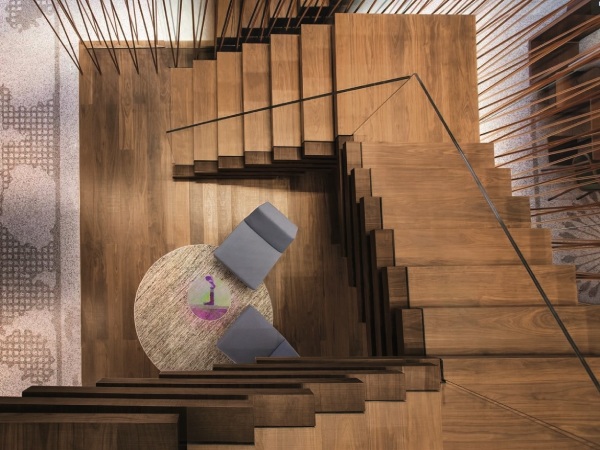
13. Birch Wood Stairs:
Birch is similar to Maple in color and can be finished fairly well. Birch is hard wood and strong by nature. It resists shrinking and wrapping. Birch is mostly found in Europe, North America, and Asia.

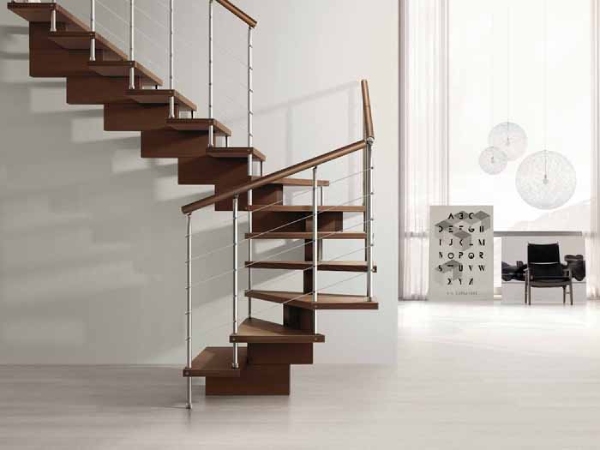
14. Hickory Wood Stairs:
Hickory is a very strong wood used for constructing stair components. It has a sharp contrast in light and dark colors. It is well known for its distinctive look. Hickory is mostly found in Asia, and North America.
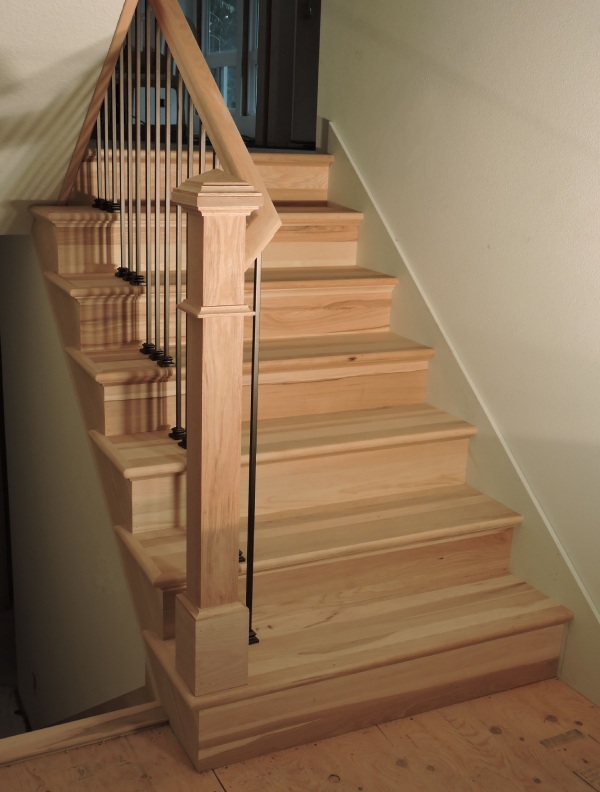
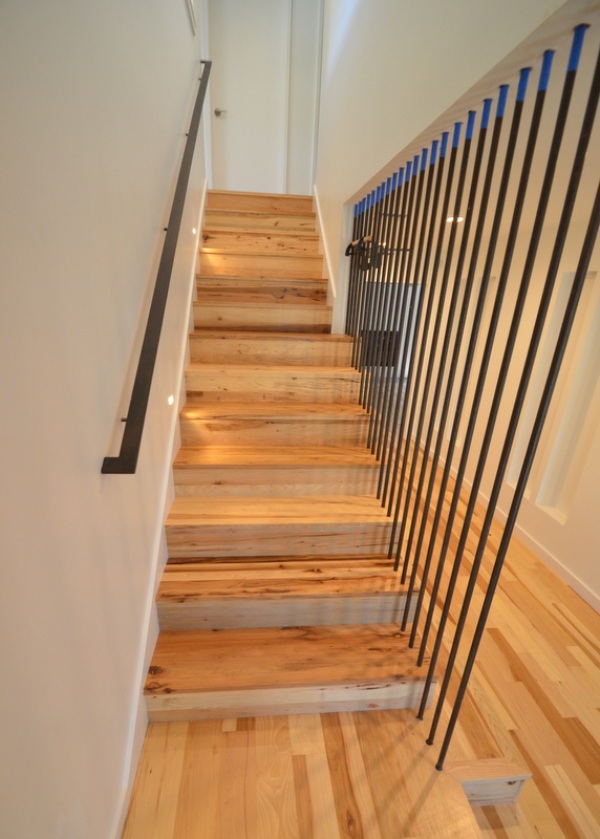
15. Teak Wood Staircase:
Teakwood is considered as one of the most popular types of hardwood used for making wooden stairs and its components. Teak wood is yellow to brown in color, strong, heavy, durable, and weather resistant. Teak is considered as a native tree of southern Asia, and is even considered as one of the most preferred types of wood for furniture making.
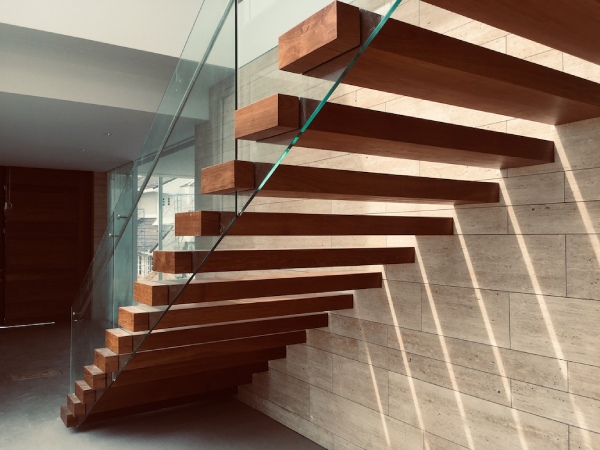
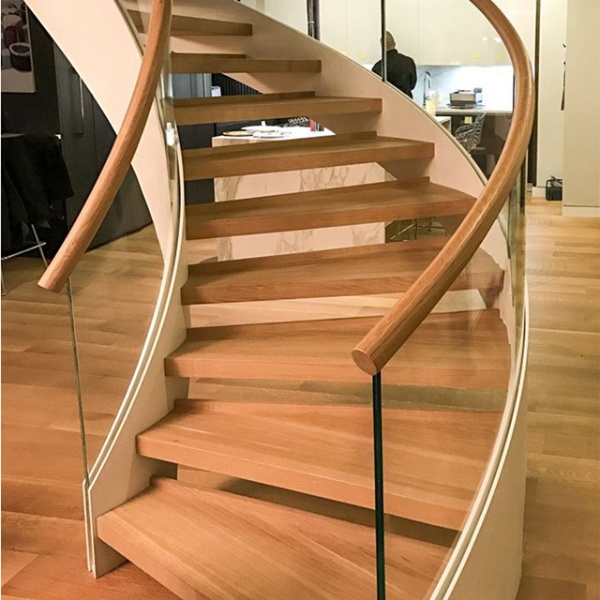
The above stated species are most preferably used for timber stair construction as these species possess all the qualities required for long lasting service life and climactic endurance. Let us now go through various components of the wooden stairs.
Components of Wooden Stairs
As we know, a staircase comprises of so many components but there are three major components of wooden stairs:
01. Wooden Steps
02. Wooden Stair Landings
03. Wooden StringersLet us get introduced to each of these major components of timber staircase. Along with an introduction, we have provided some prescriptive design dimensions. These dimensions are for preliminary guidance only because component sizes cannot be determined by customary data collection as this calculation varies with different classes of timber. Hence, based on relevant standards like, Indian standards, British standards[342], etc., we are providing here with some minimum dimensions for these components:
01. Wooden Steps:
i. Wooden Steps of a stair basically comprise of wooden tread, wooden riser, nosing and angle blocks.
ii. Wooden Tread is a part of the staircase made from wood, which is horizontal to floor, on which a person steps while, walking between the floors. The thickness of the wooden tread should not be less than 35 MM.
iii. Wooden Riser is the vertical member between the two wooden treads. The minimum thickness of wooden riser should be 25 MM or more.
iv. Wooden Treads and Wooden Risers are mostly joined together by tongue and groove joint.

v. Ensure that the nosing of the edge should not project more than the thickness of the wooden Tread beyond the wooden Riser.
vi. Angle blocks are triangular sections of wood glued in internal angles between the underside of treads, risers and strings to strengthen the right-angled joint between the treads, risers, and stringers.
02. Wooden Stair Landings:
i. Wooden Stair Landings are boarding on joists and supported on walls.
ii. Wooden Stair Landings are joined with tongued and groove joints.
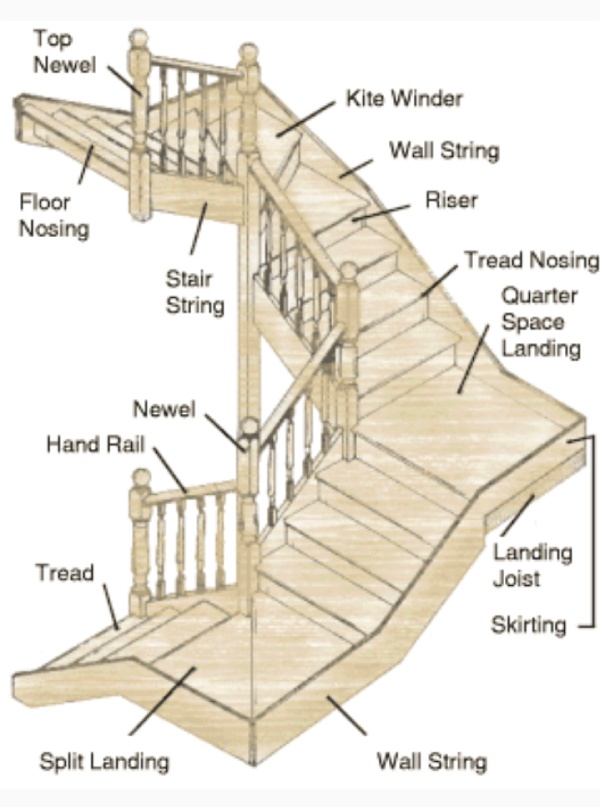
03. Wooden Stringers:
Wooden Stringers are the inclined wooden member used to support the wooden steps. These wooden members should be around 30 – 50 MM thick and 250 – 380 MM deep.
There are 4 types of wooden stringers:
i. Cut Stringer:
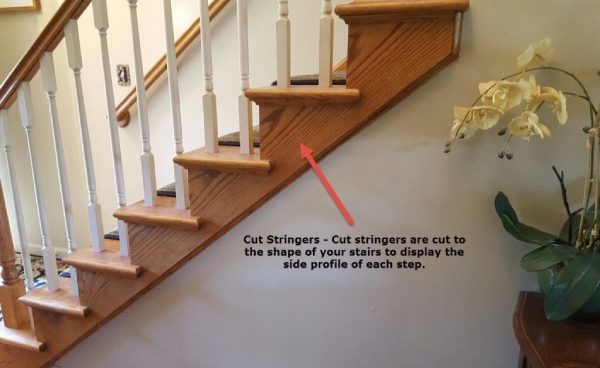
Cut stringer improves stair appearance. It has its upper surface cut to receive wooden tread and wooden risers. Its lower edge is kept parallel to the pitch of the wooden stairs.
ii. Housed Stringer:

Housed stringer has its both top and bottom edges parallel to pitch of stairs. Grooves’ are provided for receiving treads and risers. These treads and risers are generally nailed, glued, and wedged to the stringer.
iii. Rough Stringer:
In wider stairs, the rough stringer, which renders intermediate support to the wooden steps is provided.
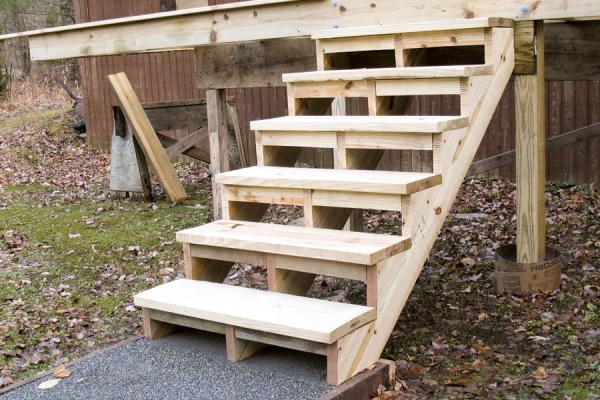
iv. Wreathed String:
The Wreathed string is a curved stair string.

For more information on various components of stairs, Read:
Types of the Wooden Staircase
The wooden staircases are classified into multiple types depending on two major categories, as stated under:
Case 1: Types of wooden staircase based on their functional requirement
Case 2: Types of wooden staircase based on latest trends
So, let’s see both the above-stated cases:
Case 1: Types of Wooden Staircase Based on their Functional Requirement
The primary function of stairs is to provide access to principle spaces on different floors. Thus, to achieve its functional requirement, stairs are classified into various types based on their functional requirements.
Let us see different types of wooden staircase based on their functional requirement:
01. Straight Wooden Stairs:
Straight Wooden Stair is one of the most common types of stairs found in residences. It is a type of stair, in which no change in direction of stair’s flight is observed.

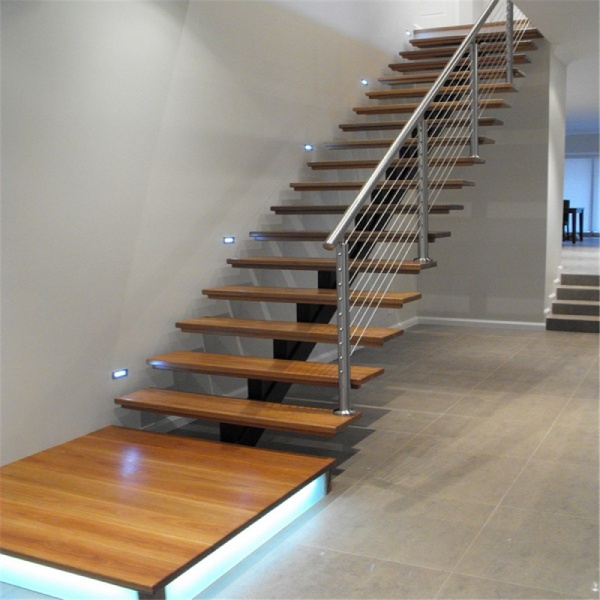
02. Half Turn Wooden Stairs:
Half Turn Wooden Stairs is a type of straight wooden stair, which bends in other direction at the mid-way of flight at landing. These stairs are comparatively safer and more comfortable than straight wooden stairs.


03. Quarter Turn Wooden Stairs:
Quarter Turn Wooden Stairs structure is a type of wooden stair that bends in a different direction closer to the top or bottom of the stairs. Even these stairs are comparatively safer than straight wooden stairs.

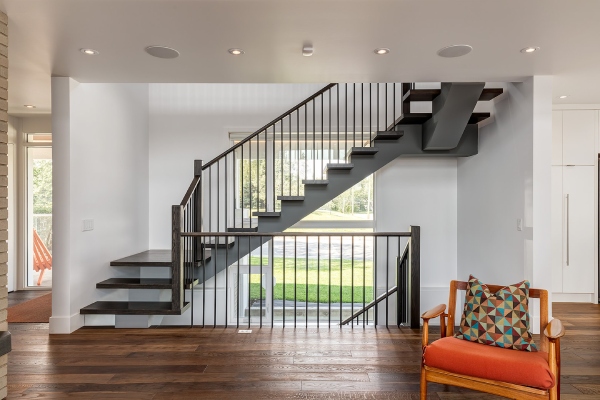
04. Curved Wooden Stairs:
Curved Wooden Stairs follow a helical arc. We can use curved wooden stair for aesthetic purposes in our home. They however prove costly, as it consumes more wood.
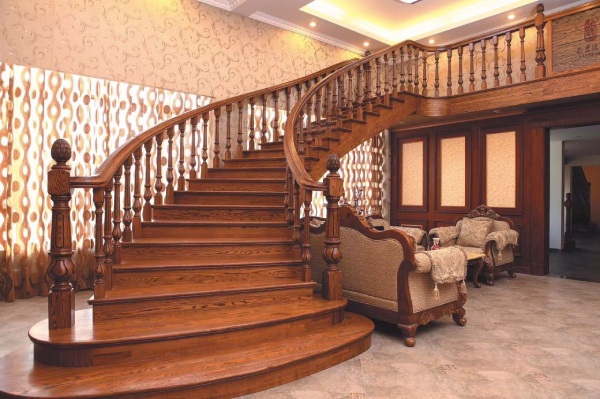
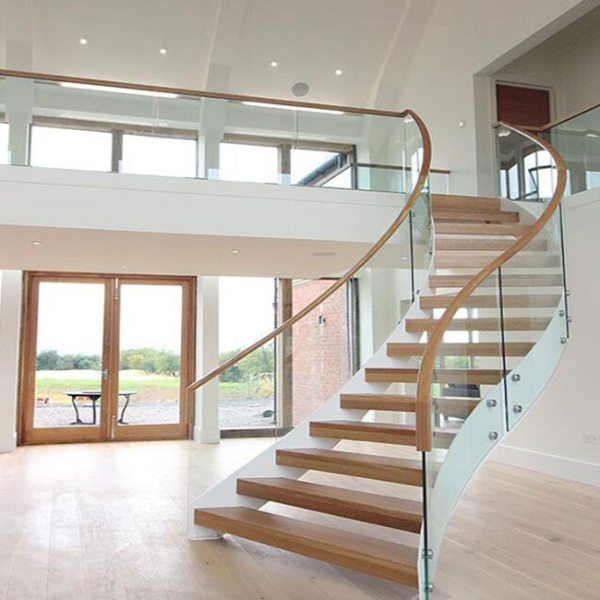
05. Circular Wooden Stairs:
Circular Wooden Stairs are spherical in constructional plan. In this type of stair, the step does not radiate a central pole. Also, circular wooden stair gives a grand appearance, as they have a minimal diameter.

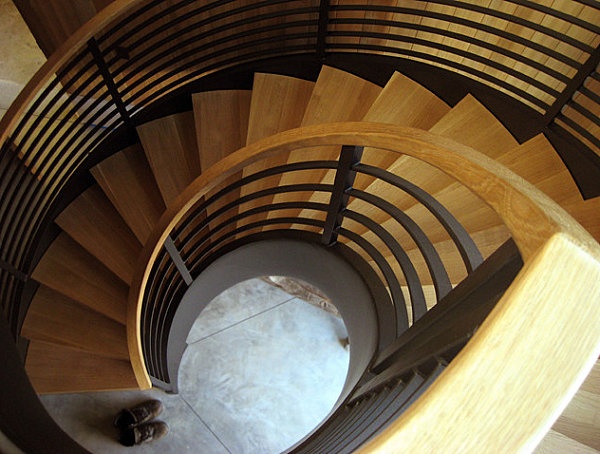
06. Spiral Wooden Stairs:
Spiral Wooden Stairs, with different shapes and various configurations, can be an iconic element of a house. They occupy very smaller area than other staircases. They are however not very comfortable and even less safe.


07. Bifurcated Wooden Stairs:
Bifurcated Wooden Stairs gets bifurcated in two directions from the landing. This type of stairs has a wider flight at the bottom, and the stairs’ width decreases after the landing.
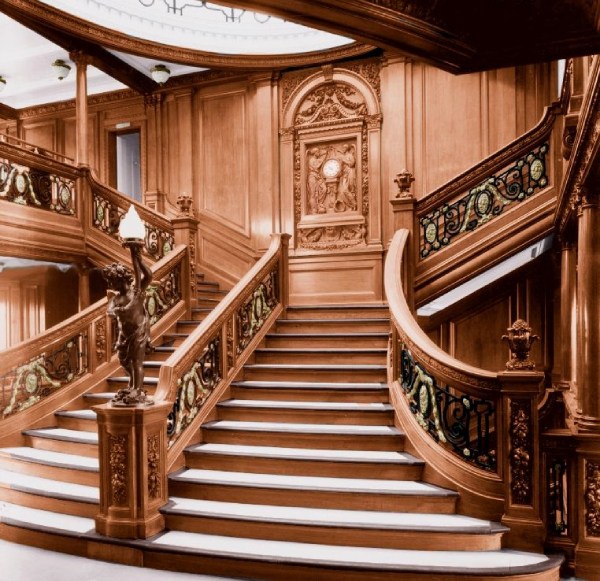
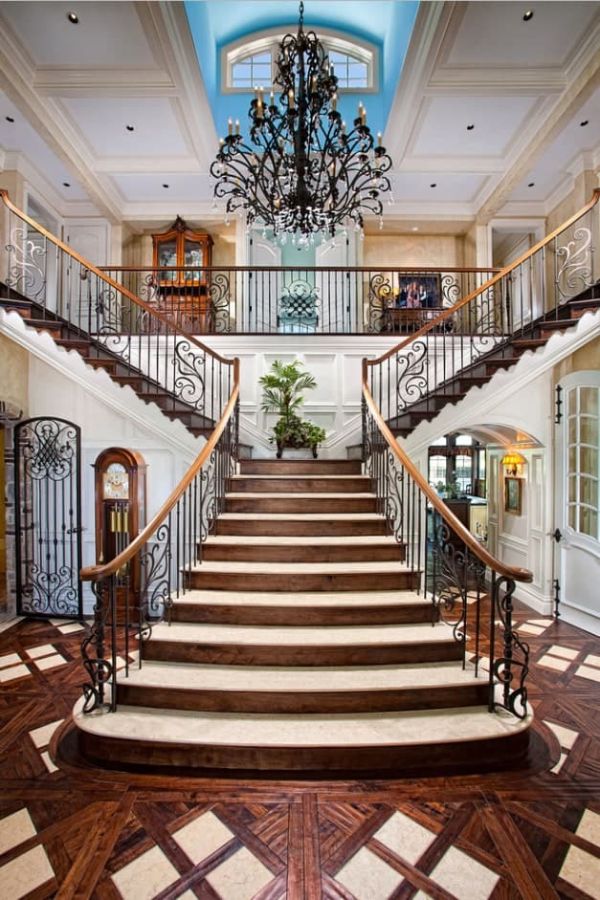
Let us now see some more types of latest and trendy wooden staircases.
Case 2: Types of Wooden Staircase Based on on-going Trends
Along with the stairs’ functional requirements, it’s essential to go parallel with the modern on-going trends.
01. Space Saving Wooden Stairs:
We can use the Space Saving Wooden Stairs mostly when the space in our house is limited, and we can’t afford to spare more area for the construction of stairs. We can adopt different exciting design ideas to save space.
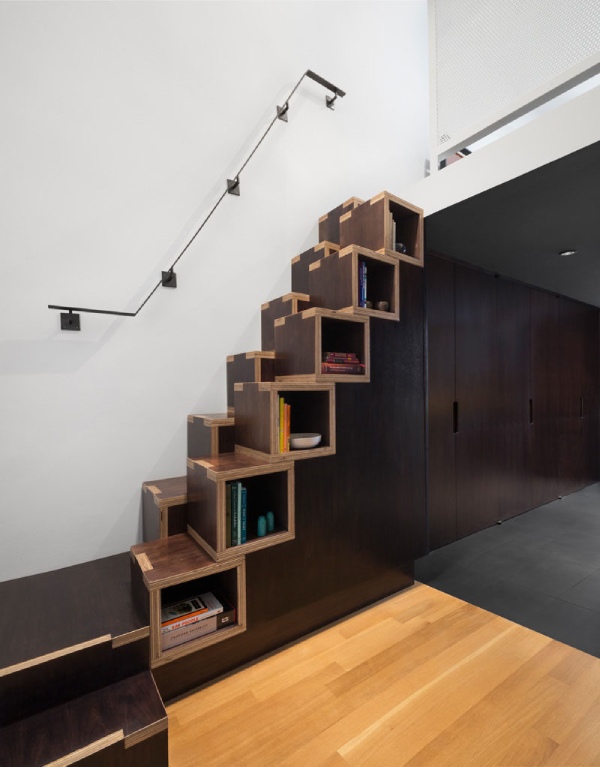
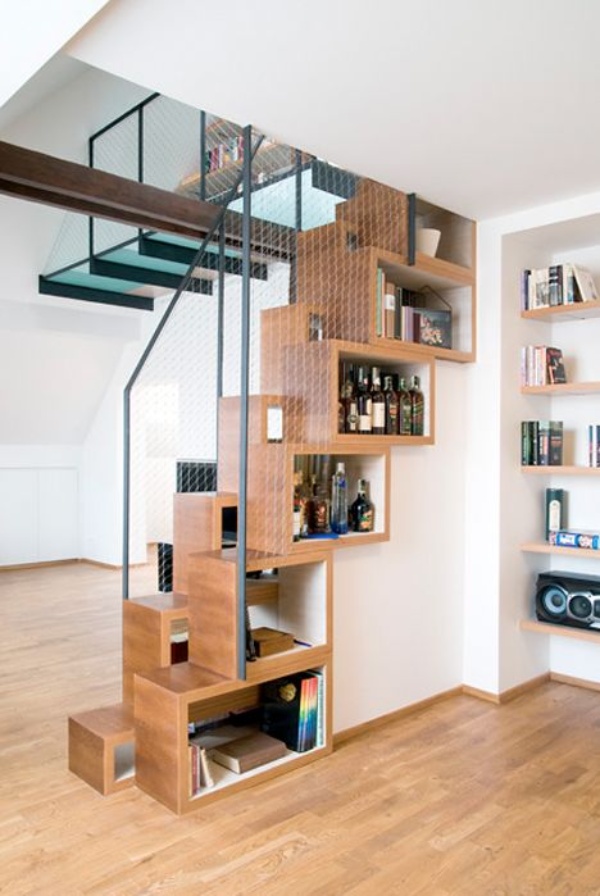
02. Mono-Stringer Floating Wooden Stairs:
Monostringer Floating Wooden Stair consists of a mono stringer, which is a single spline stringer designed to provide architectural features to the house, as well as to provide support to the treads of the staircase.

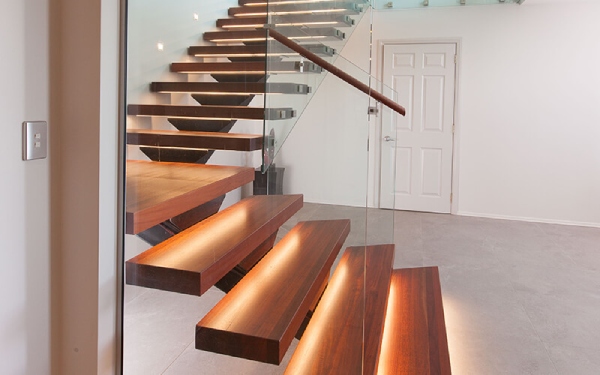
03. Floating Wooden Stairs:
Floating Wooden Stair is a type of stair that gives the impression that the treads of the stair are floating in the air. These floating wooden stairs are mostly popular in an open concept space for a house.
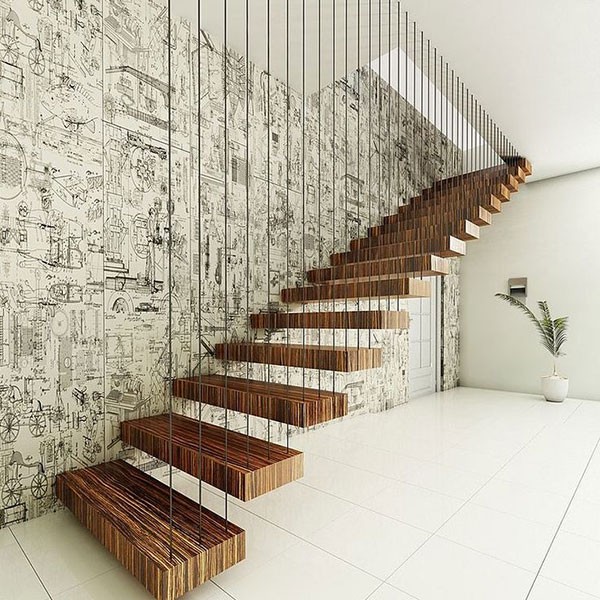

04. Wooden Stair with Storage:
The space under the stairs can be a great spot for making the closet when there is limited space for storage in a house. Even we can add doors to conceal the space under the stair.
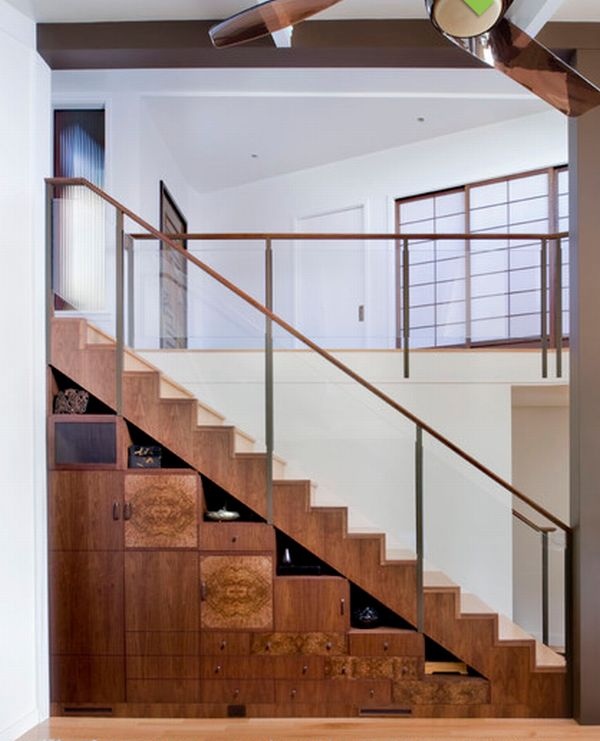
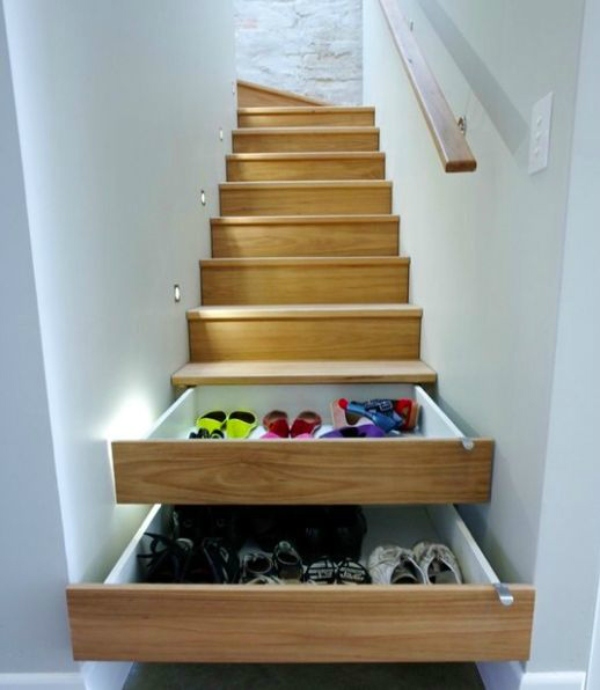
05. Modern Suspended Wooden Stairs:
Modern Suspended Wooden Stairs are the type of stair suspended in the air. These stairs are incredibly light in weight that appear like the wings holding each step as though they were feathers.


Along with wooden components, even some non-wooden materials can be incorporated into wooden stairs to increase its elegance and attraction. Now, let us get familiar with various non-wooden materials and their uses to enhance the charm and attractiveness of stairs.
Variety of materials used with wood for timber stair construction
For the construction of stairs in different shapes and styles, the non-timber materials mostly used for the construction of wooden stairs are as following:
01. Glass
02. Metals
Let’s have a look at both these non-timber materials used along with wood for timber stair construction.
01. Glass:
We can use the glass in risers and balusters for an elegant look.
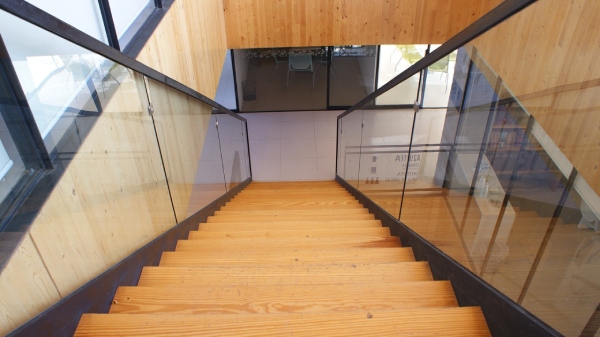

02. Metals:
Metals like steel, aluminum, and iron, are frequently used for the following purposes:
- Screws, nails, bolts, etc. are provided to provide structural strength to the stairs.
- Metal such as iron, steel, aluminum, and copper can also be used as balusters.
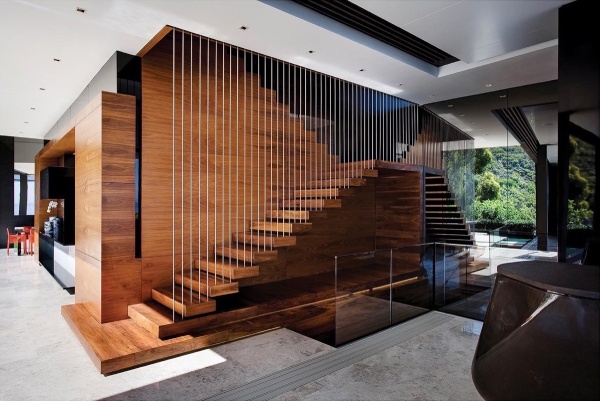
- We can even use metals like steel and aluminum to connect various components of stairs e.g., treads, and risers, and form a staircase component like a metal stringer.

- The Metals like steel and aluminum are also used as stringers in the stairs for providing support to the stairs.

Let us now understand the advantages and disadvantages of wooden stairs.
Advantages of Wood Stairs
Various advantages of the wood stairs are:
01. Wood stairs are aesthetically pleasing. If timber stairs get combined with other materials, it gives a broader range of style aesthetics.
02. Wood gives a more fresh, comfortable and warmer look to the house.
03. Wood stair creates a focal point in the house. It attracts the attention of every person when they enter the house.
04. Wood stairs are more welcoming compared to the metal stair.
05. If anything gets damaged, it can be repaired quickly and inexpensively.
06. Wood stair produces less noise than metal stairs at the time of use.
07. Wooden stairs are not slippery, and hence safe.
08. Wooden Stairs are light in weight.
Disadvantages of Wood Stairs
Various disadvantages of Wood stairs are:
01. Installation of wood stairs is costly and requires alteration to the shoreline.
02. Wooden staircases may turn to be susceptible to undercutting.
03. As the age of stairs increases and weather changes, it may require maintenance.
04. The wood stair can easily be damaged by high humidity and by extreme temperature.
05. Pest control is necessary as wood gets damaged by termites, insects, rodents, etc.
06. Compared to a circular metal staircase, circular wood stair costs more.
07. They have less resistance to fire.
Conclusion
Wooden stairs play a vital role in creating an aesthetically pleasing and warming atmosphere in a house. We can even go with customized design for more appealing visualization, which is described in modern trendy wooden stairs section. Thus, given a choice, wood perhaps is the best material for your house if you can afford.
Image Courtesy: Image 1, Image 2, Image 3 – rarewoodsusa, Image 16, Image 18, Image 19, Image 20, Image 21, Image 22 – kinstacdn, Image 23, Image 24, Image 25, Image 26, Image 27, Image 28, Image 29, Image 30, Image 31, Image 32, Image 33, Image 34 – airportstairs, Image 35 – lennoxwood, Image 36, Image 37, Image 38 – trustedpeople, Image 39, Image 40 – fontanotstaircases, Image 41 – fontanotstaircases, Image 42, Image 43, Image 44, Image 45, Image 46, Image 47, Image 48, Image 49, Image 50, Image 51, Image 52, Image 53, Image 54, Image 55, Image 56, Image 57, Image 58, Image 59, Image 60, Image 61, Image 62, Image 64, Image 65, Image 66, Image 67, Image 68, Image 69, Image 70, Image 71, Image 72, Image 73, Image 74, Image 75, Image 77, Image 78, Image 79, Image 80

